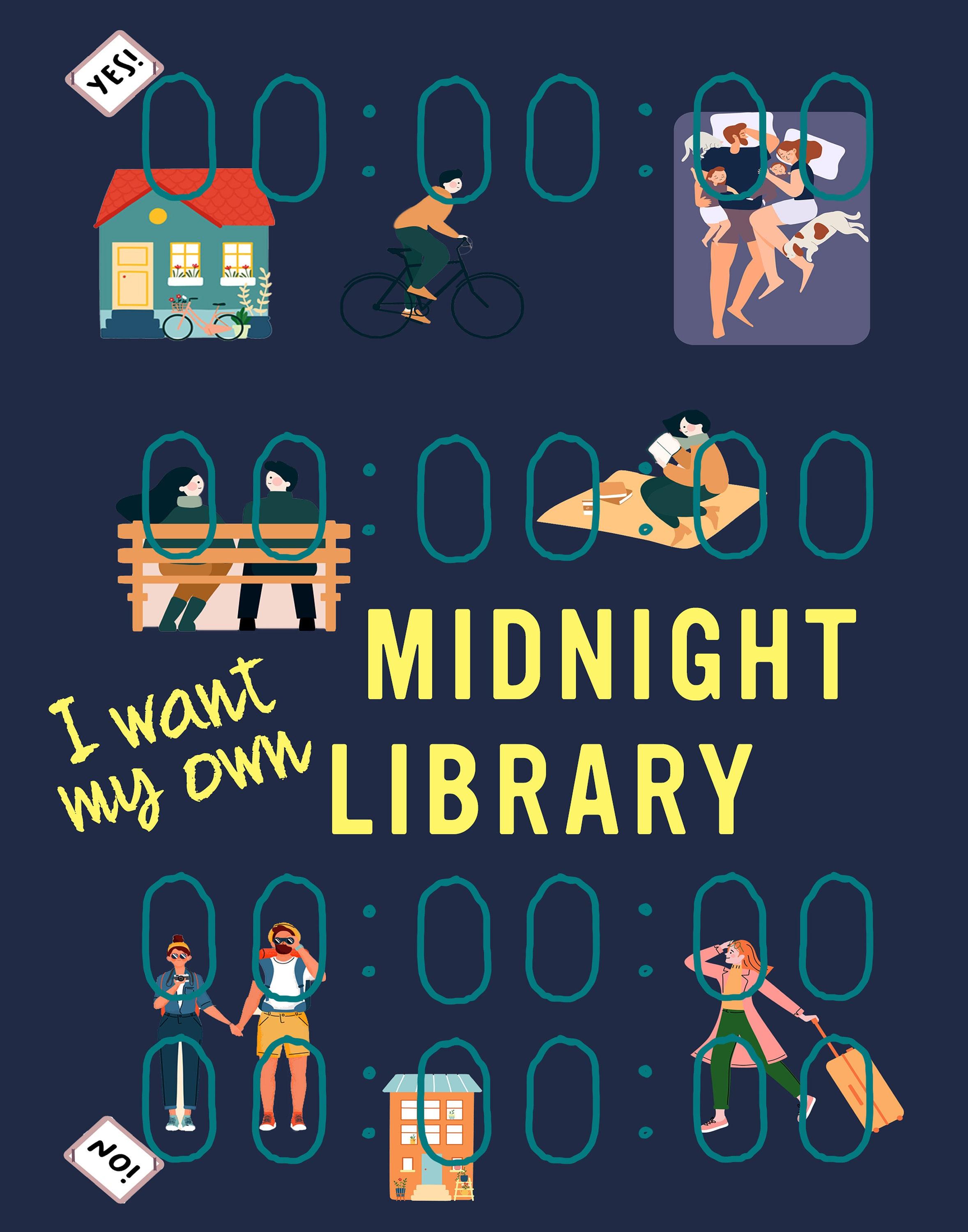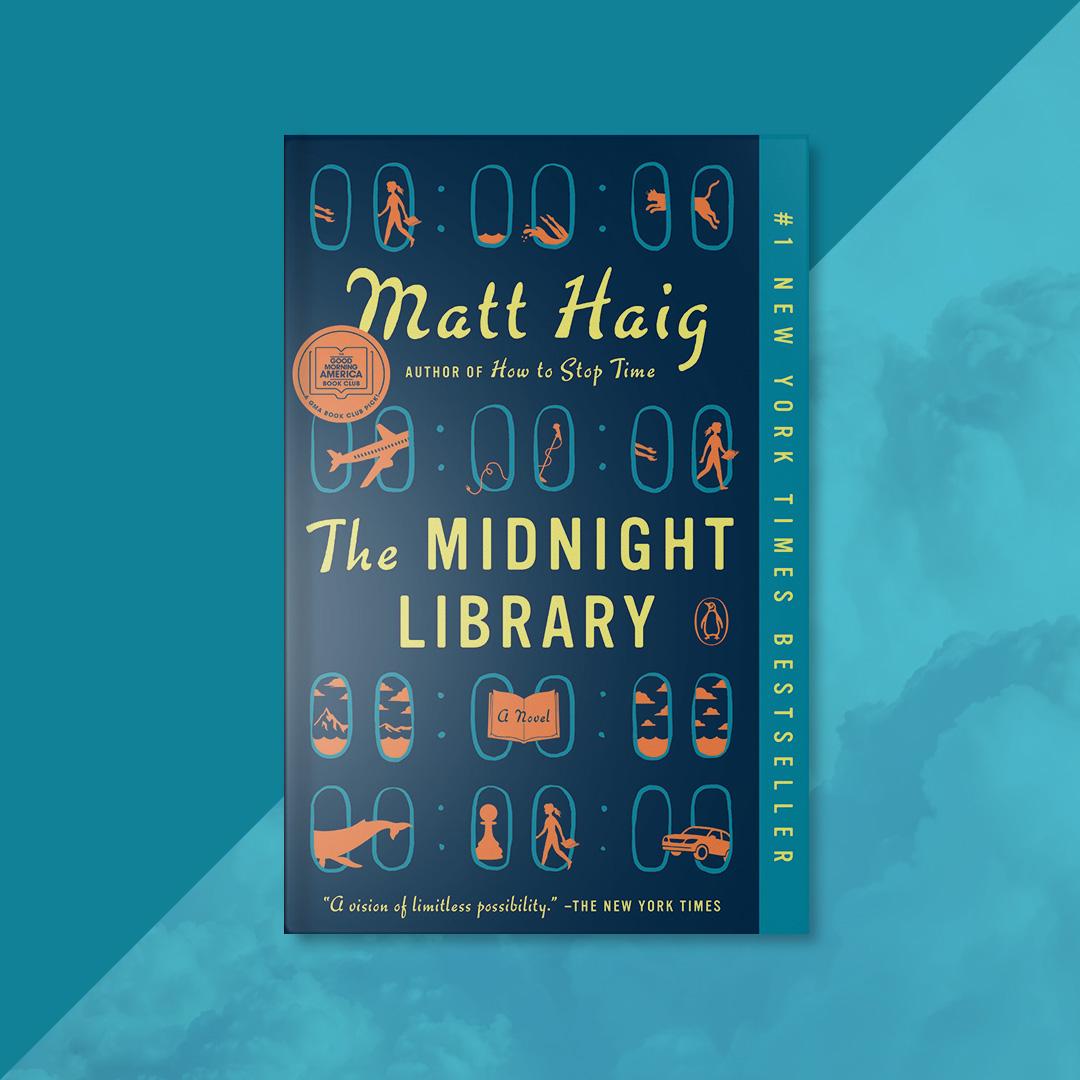In Matt Haig’s novel “The Midnight Library,” character development serves as a pivotal mechanism through which the narrative explores themes of regret, choice, and self-discovery. The protagonist, Nora Seed, embarks on a metaphysical journey that challenges her understanding of what it means to live a fulfilled life. This article delves into the nuanced evolution of Nora’s character, examining how her experiences within the library’s infinite possibilities facilitate profound personal growth. By analyzing key moments and decisions, we gain insight into how Haig crafts a compelling exploration of identity and transformation, inviting readers to reflect on the myriad paths life can take and the inherent power of embracing one’s authentic self.
Exploring the Protagonists Journey of Self-Discovery
The protagonist of The Midnight Library, Nora Seed, embarks on a profound journey of self-discovery that is both poignant and enlightening. Her path is marked by an exploration of alternate realities that allow her to live out the various lives she could have had, each offering a unique perspective on her choices and regrets. Nora’s journey is emblematic of the human experience, where the quest for identity and meaning is often fraught with uncertainty and introspection. Through her exploration, she confronts pivotal questions about happiness, fulfillment, and the essence of a life well-lived.
- Facing Regrets: Nora is initially burdened by a litany of regrets, which serve as a catalyst for her exploration. Each alternate life she inhabits provides her with insights into the consequences of her choices, urging her to reconcile with her past.
- Understanding Choices: As Nora navigates through the library, she learns that no life is without its challenges. This realization underscores the notion that the value of a life is not determined by its success or failure, but by the choices made and lessons learned.
- Embracing Imperfection: Nora’s journey ultimately leads her to accept the imperfections of her original life, understanding that these imperfections are what make it uniquely hers.
Through this exploration, Nora’s character development is a testament to the power of introspection and the enduring human spirit’s quest for self-understanding. Her journey is not just about discovering what could have been, but about embracing what is, thus highlighting the transformative power of acceptance and self-awareness.

Analyzing the Role of Supporting Characters in Shaping the Narrative
In Matt Haig’s The Midnight Library, supporting characters play pivotal roles in shaping the protagonist’s journey and, ultimately, the narrative itself. Each character serves as a reflection of the protagonist’s potential life choices and the alternate paths she could have taken. For instance, Nora’s interactions with Mrs. Elm, the librarian who guides her through the myriad of possible lives, are not merely about offering choices but are instrumental in shaping Nora’s understanding of her regrets and desires. Mrs. Elm’s presence underscores the novel’s central theme of existential exploration, acting as a catalyst for Nora’s introspection and growth.
- Ravi: Nora’s brother, whose life in an alternate universe reveals the complexities of familial relationships and the impact of unresolved issues.
- Hugo: A fellow traveler in the Midnight Library, offering insights into the shared experience of navigating life’s infinite possibilities.
- Dan: Nora’s former fiancé, whose alternate life scenarios highlight the nuances of love and the consequences of different life choices.
These supporting characters are not just secondary players; they are essential in illuminating Nora’s inner conflicts and aspirations. Their interactions with Nora provide a multi-faceted view of her character, emphasizing how external influences and relationships contribute significantly to personal growth and decision-making.

Understanding the Impact of Alternate Realities on Character Growth
In Matt Haig’s The Midnight Library, the exploration of alternate realities plays a crucial role in shaping the protagonist, Nora Seed’s, journey of self-discovery and personal growth. As Nora navigates through an infinite library of books, each representing a different version of her life, she is confronted with the myriad possibilities of who she could have been. This unique narrative device allows readers to witness the profound impact that different life choices can have on an individual’s character development.
- Self-Reflection: By experiencing alternate realities, Nora is forced to confront her past decisions and their consequences. This process of self-reflection is pivotal in her understanding of her own desires and fears.
- Resilience Building: The challenges and successes encountered in these parallel lives help Nora build resilience. Each alternate reality teaches her different lessons about failure, regret, and acceptance.
- Identity Exploration: Nora’s journey highlights the fluidity of identity. Through her experiences, she learns that her true self is not defined by any single life path but is a culmination of her values, relationships, and aspirations.
Ultimately, The Midnight Library uses the concept of alternate realities to illustrate that character growth is not a linear path but a complex tapestry woven from countless possibilities and choices.

Recommendations for Enhancing Character Complexity in Multiverse Settings
To truly enhance character complexity in multiverse settings, authors should focus on the dynamic interplay between the protagonist’s core identity and the diverse realities they inhabit. This involves weaving internal conflicts with the external pressures of each universe, thereby creating a rich tapestry of character evolution. Characters should face dilemmas that force them to confront their own beliefs and values, leading to growth that feels both authentic and earned.
- Deep Internal Motivations: Develop characters with profound internal motivations that are consistent across different universes. This allows readers to see how these motivations adapt or conflict with varying external circumstances.
- Reflective Relationships: Use relationships as mirrors that reflect different facets of the character’s personality. In each universe, interactions with familiar yet altered figures can reveal hidden strengths or vulnerabilities.
- Consistent Core Traits: While circumstances change, maintaining certain core traits provides a touchstone for readers, allowing them to follow the character’s journey through complex narratives.
By strategically layering these elements, writers can craft characters that not only navigate the multiverse with depth but also engage readers through their journey of self-discovery and transformation.
